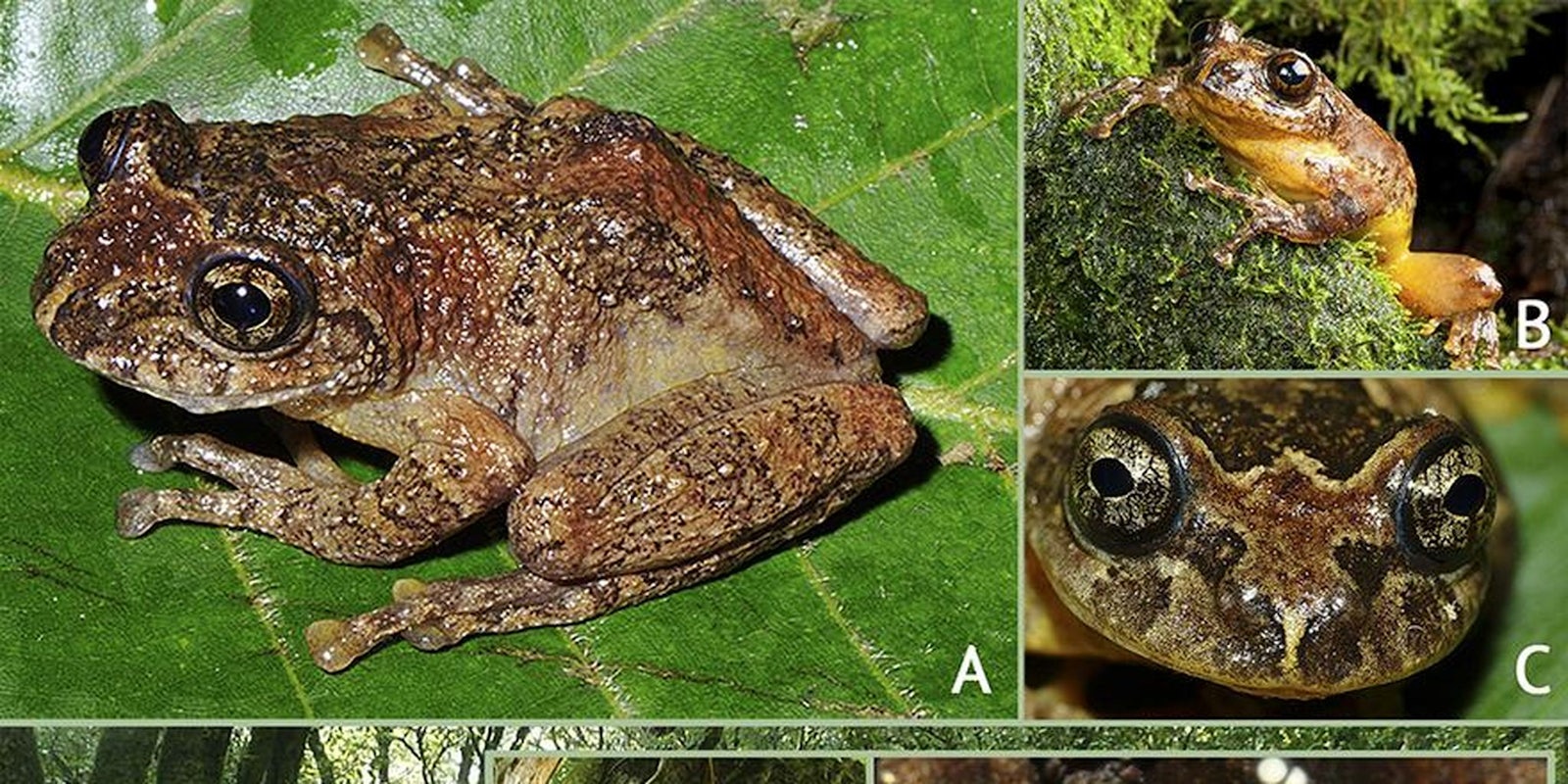It’s not every day you discover that a species previously thought extinct is actually still around and kicking.
Scientists believed an unusual species of tree frog known as Jerdon’s tree frog native to Asia had died out more than 137 years ago. That is, until they recently found that the species is actually still around, and in good numbers, too. But that doesn’t mean it’s safe.
According to the BBC, biologist and “Frog Man” Sathyabhama Das Biju and his team found the species in the northern rainforests of India. They’ve since found them everywhere from Thailand to China. But Biju warned the BBC that deforestation of their habitat may lead the frogs to die out—for real.
That would be a shame because they’re the weirdos of the tree frog world, apparently. They live in tree holes roughly 20 feet above the ground, where they also lay their eggs and raise their young. Strangely, mothers feed their young their own unfertilized eggs. Because of this, the tadpoles have smooth mouths instead of teeth, so they can consume the eggs more easily.
The adults also are vegetarians, instead of dining on insects like most frogs do.
They’re so bizarre that DNA analysis published open access in PLOS One reveals that the frogs belong in a genus all their own. Essentially, they’re different enough from other tree frogs that they get their own little branch on the tree of life—and a new name.
Scientific names for animals are written first by the genus name and then the species name. For example, the house cat’s species name is Felis catus. “Felis” represents the genus the cats belong to—a group that includes house cats and their small- to medium-sized feline cousins: wild cats and jungle cats.
The frog was previously considered to be in the genus Polypedates, commonly known as whipping frogs.
But after comparing the DNA from the rediscovered frogs with other tree frogs, the researchers concluded they belong in their own new genus. That means their new species name is Frankixalus jerdonii. Biju told the BBC that he chose this name after his former academic advisor, Franky Bossuyt.
They proposed a new common name as well. Instead of Jerdon’s tree frogs—named after the naturalist Thomas Jerdon who originally archived the frogs, according to Smithsonian—the researchers suggested the name, “Franky’s tree frogs.” Long live Franky’s tree frogs!
H/T BBC | Photo via Biju, S.D. et al./PLOS One (CC BY 1.0)


